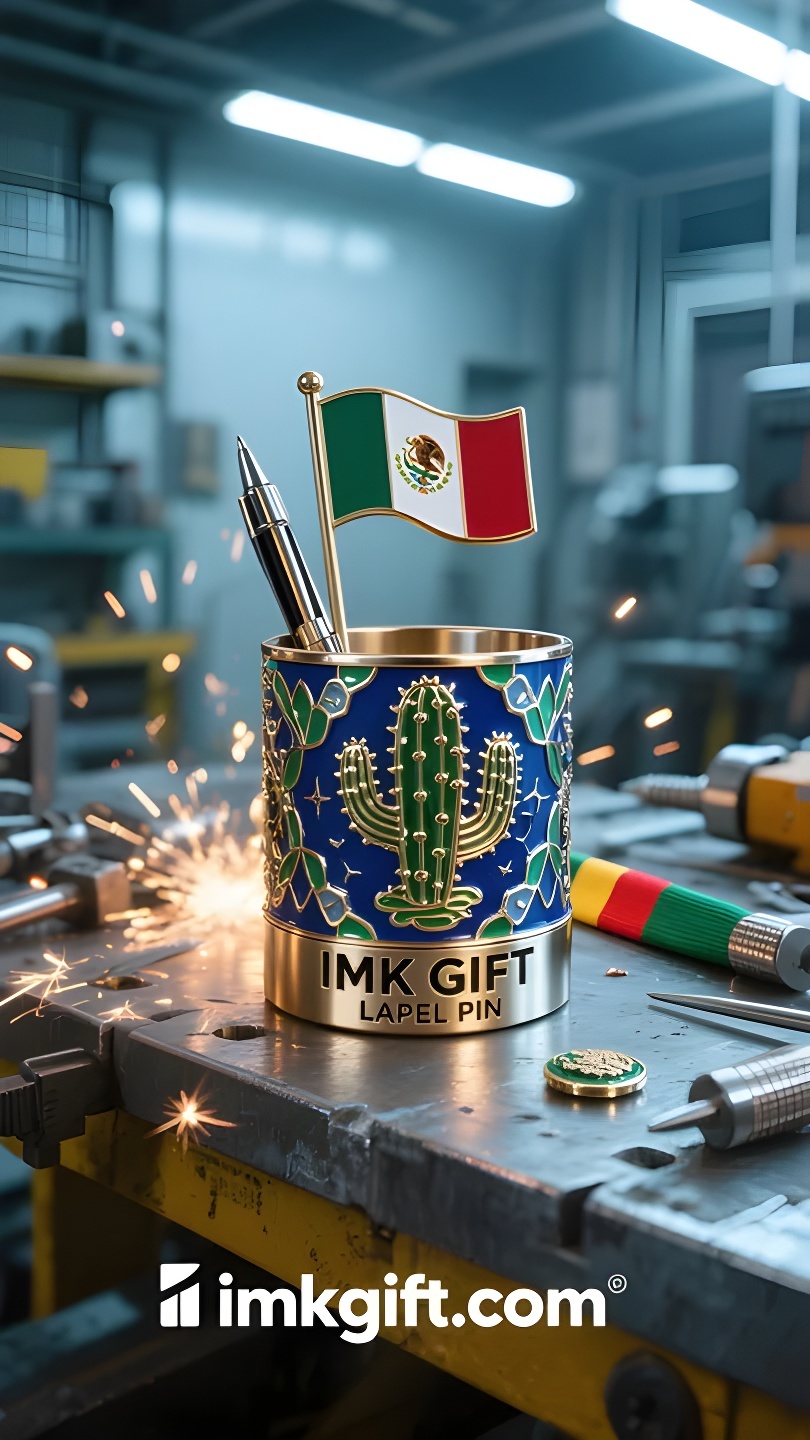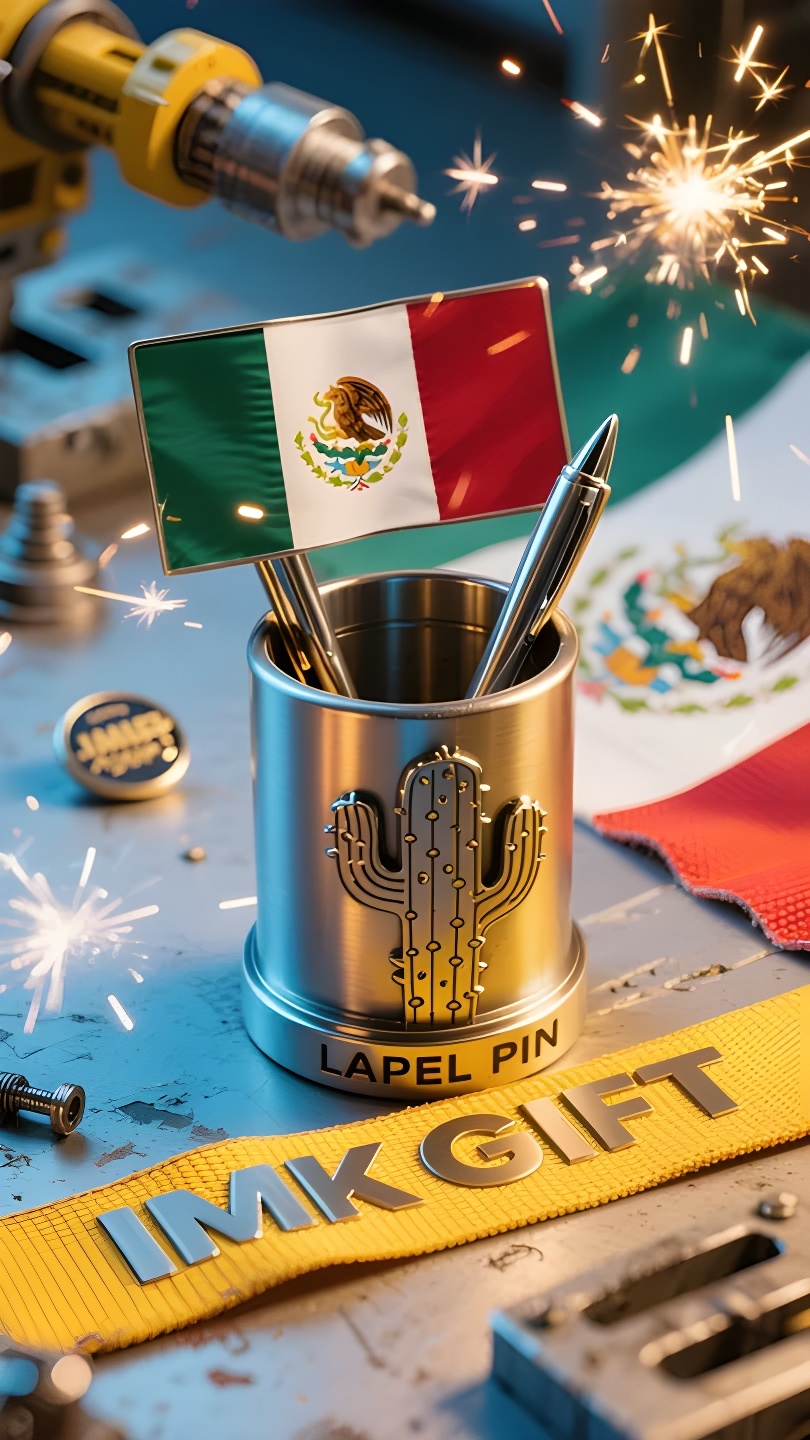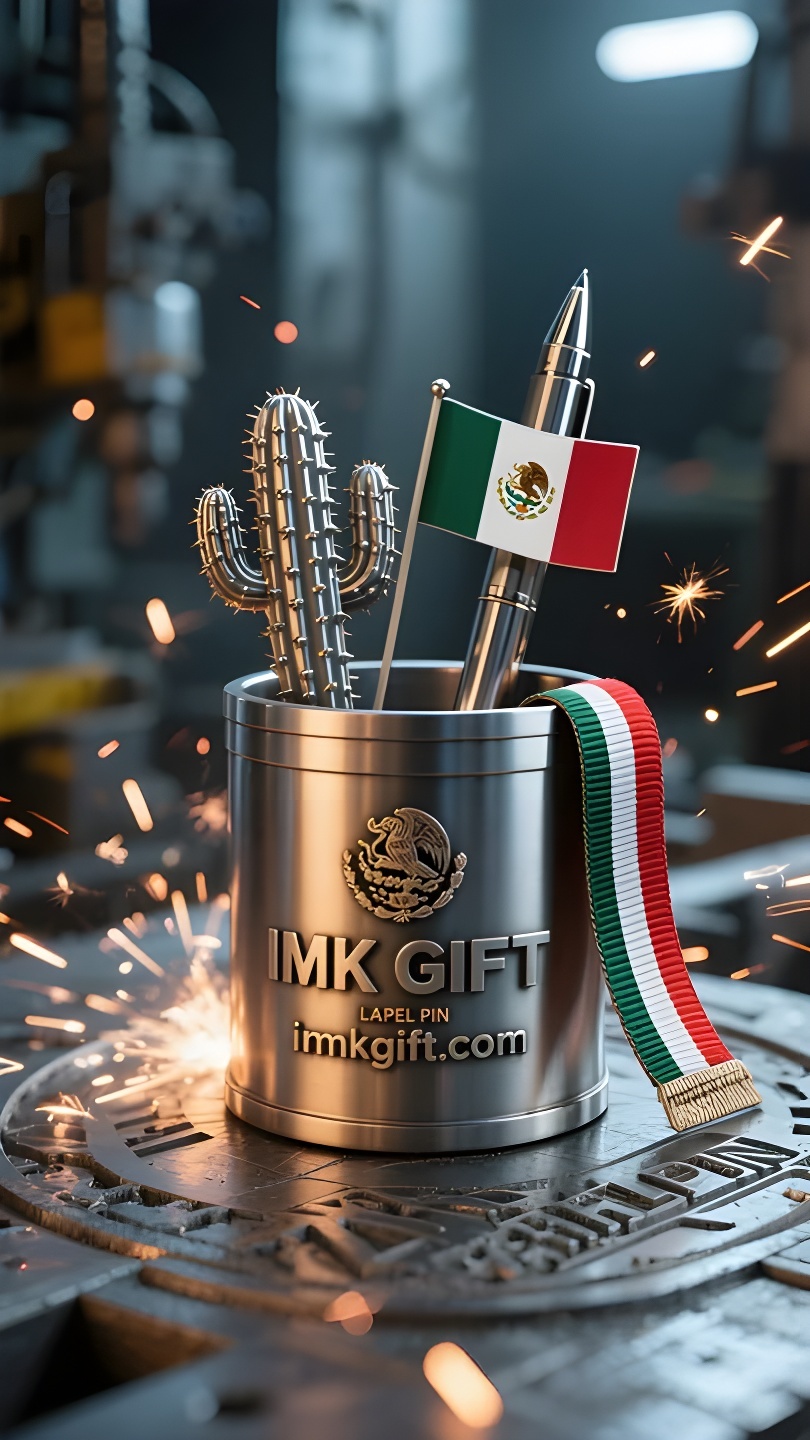in999-La-columna-vertebral-de-la-nación-en-el-porta-bolígrafos-de-cactus
▼
En septiembre, el resplandor de las celebraciones del Día de la Independencia aún perdura en las calles de la Ciudad de México. Cada vez que la bandera nacional roja, blanca y verde ondea al viento, el águila en el centro, de pie sobre un cactus, picoteando una serpiente, despierta la tenacidad en los huesos y la sangre de los mexicanos. En este momento, el portaplumas de cerámica con forma de cactus que tengo sobre mi escritorio interpreta la herencia de este espíritu nacional de otra manera. El cactus de la bandera mexicana proviene de una leyenda azteca: Dios predijo que cuando se ve un águila sosteniendo una serpiente sobre un cactus, ese es el lugar para construir una ciudad. Esta planta del desierto usa sus espinas para combatir la sequía y la aridez, y alberga esperanza con sus gruesos tallos, como el epítome de las tenaces raíces del pueblo mexicano en la historia colonial y los desastres naturales. El diseño del portaplumas de cactus materializa este símbolo en un objeto cotidiano: el portaplumas se inserta en un cuerpo cubierto de espinas, como un recordatorio: el poder de la escritura necesita estar reforzado por la fe y nutrido por el conocimiento. El esmalte de este portaplumas brilla como el jade al sol, como un oasis que florece con terquedad en el desierto. No solo es un instrumento de escritura, sino también un código cultural transmitido de generación en generación: cuando trabajamos con ahínco ante la adversidad, esos retos aparentemente difíciles se convertirán en la piedra angular de nuestros ideales. Así como el cactus tarda cien años en transformar la aridez en verdor, cada mexicano que escribe para perseguir sus sueños escribe su propia epopeya nacional con persistencia.
In September, the afterglow of the Independence Day celebrations still lingers on the streets of Mexico City. Whenever the red, white and green national flag is unfurled in the wind, the eagle pattern in the center standing on a cactus pecking at a snake always awakens the tenacity in the bones and blood of Mexicans. At this moment, the cactus-shaped ceramic pen holder on my desk is interpreting the inheritance of this national spirit in another way. The cactus in the Mexican flag comes from Aztec legend: God predicted that when an eagle is seen holding a snake on a cactus, it is the place to build a city. This plant in the desert uses its thorns to fight drought and barrenness, and stores hope with its thick stems, just like the epitome of the Mexican people’s tenacious roots in colonial history and natural disasters. The design of the cactus pen holder concretizes this symbol into an everyday object – the pen holder is inserted into the barrel covered with “thorns”, as if reminding: the power of writing needs to be armored with faith and nourished with knowledge. The glaze of this pen holder shines like jade in the sun, like an oasis that blooms stubbornly in the desert. It carries not only a writing tool, but also a cultural code passed down from generation to generation: when we work hard in adversity, those seemingly difficult challenges will eventually become the cornerstone of our ideals. Just as the cactus takes a hundred years to turn barrenness into greenery, every Mexican who writes to pursue his dreams is writing his own national epic with persistence.
九月的墨西哥城,独立日庆典的余韵仍在街头流淌。每当红白绿三色国旗在风中展开,中央那只立于仙人掌上啄食蛇的雄鹰图案,总能唤醒墨西哥人骨血里的坚韧力量。而此刻,摆在我案头的仙人掌造型陶瓷笔筒,正以另一种方式诠释着这份民族精神的传承。
墨西哥国旗中的仙人掌,源自阿兹特克传说:神明预言,当看到雄鹰叼蛇立于仙人掌时,便是建城之地。这株沙漠中的植物,用满身尖刺对抗干旱贫瘠,以厚实茎干储存希望,恰如墨西哥人民在殖民历史与自然灾害中顽强扎根的缩影。而仙人掌笔筒的设计,将这种象征具象为日常器物——笔杆插入布满”尖刺”的筒身,仿佛在提醒:书写的力量,需要以信念为铠甲,以知识为养分。
这只笔筒的釉面在阳光下流转出翡翠般的光泽,宛如沙漠中倔强绽放的绿洲。它承载的不仅是书写工具,更是代代相传的文化密码:当我们在逆境中执笔耕耘,那些看似扎手的挑战,终将化为托举理想的基石。正如仙人掌用百年时光把荒芜变成绿意,每个执笔追梦的墨西哥人,都在用坚持书写属于自己的民族史诗。
▼
Contact Us
📞 Tel: +0086-760-85286839
📧 Email: sales3@imkgift.com








